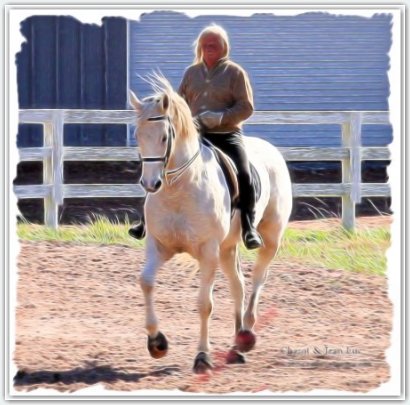Mechano-responsiveness
Mechano-responsiveness
Part 2/Jean Luc Cornille

Jean Luc Cornille and Chazot
Mechanical stresses, (movements,) are critical for the control of tissue form and function. Muscles and bones actively remodel in response to changes in exercise and response to mechanical stresses. This is actually a fundamental feature in all living tissue.
Experiments with cultured cells confirm that mechanical stresses can directly alter many cellular processes, including signal transduction, gene expression, growth, differentiation, and survival. To understand this process of mechanoregulation, we must take into account that living organisms are constructed from tiers of systems within a system within a system. For instance, a limb is composed of bones, muscles, blood vessels, nerves, etc. These in turn, are constructed from muscle fibers, vascular endothelium, and connective tissues, which are composed of groups of living cells and their associated extracellular matrix.
If we look for instance at a simple joint from a superficial perspective down to a macroscopic view, we take conscience of layers being all part of the efficiency and soundness of the horse’s locomotion and performances. Many dismiss knowledge saying that they feel. The problem is that feeling is just a perception and as long as feeling is not completed in the brain by a sound and updated picture of the way the horse’s physique effectively functions, feeling often leads to drastic misconceptions. The ones who feel but don’t know simply don’t know what they feel.
We take a structure that is very common in the horse’s body and referred to as tensegrity structure.
(Image Craig Waller, David Hayes, Jon E. Block, Nicholas J. LondonUnload it: the key to the treatment of knee osteoarthritis. 2011) 
A tensegrity structure is characterized by use of continuous tension and local compression. The simple joint illustrated in this diagram is stabilized by continuous balance between tension and compression elements. The (C) on the bone means compression and the (T) on the ligament means tension.
As we look deeper with a microscope, (two middle views), we can see contractile cells and local regions of tensionally stiffened ligaments extracellular matrix.
At a deeper scale, contractile microfilaments and microtubules act as balanced tension and compression elements respectively
An element placed under tension at one size of scale, can act to resist compression on a smaller size scale. Quite obviously, we don’t have any direct control of such structures and function. It is how, down to microscopic level, bones and ligaments stabilize a joint under stress. Stress is mainly weight and as a rider we can easily alter proper functioning of such structure applying technique that are increasing the weight on the forelegs, such as lowering of the neck. We have explained earlier that often, damages in the cartilage of the joints commence by microfracture, or other damages in the subchondral bones. You start to understand now how such damage can be created believing in the superficial effects of riding and training techniques but ignoring deeper damages. It is this knowledge that lead us to move away from every riding and training techniques increasing the load on the forelegs.
Another major source of deep damage is the erroneous concept of rushing the horse forward. Trainers will tell you that “more forward” is what you need to do in order to win in the show ring. It is effectively a misconception promoted by the judging standards, but rushing the horse faster than the horse natural cadence alters proper functioning of the horse’s structures from superficial down to macroscopic level.
“Because the muscle is composed of both muscle fibers and tendinous materials, all of these structures must be collectively ‘tuned’ to the spring properties of the muscle-tendon system to store and recover elastic strain energy during locomotion.” (Paul C. LaStayo, PT, PhD. John M. Woolf, PT, MS, ATC. Michael D. Lewek, PT. Lynn Snyde-Mackler, PT, ScD. Trugo Relch, BS. Stan L. Lindstedt, PhD. Eccentric Muscle Contractions: Their contribution to injury, prevention, rehabilitation, and sport. Journal of Orthopaedic & sports physical therapy. 557-571. Volume 33, NUMBER 10, October 2003)
Each horse is designed to “vibrate” at its own frequency, which is its natural cadence. Rushing the horse faster than its natural cadence alters the whole structure at all size scale. Ignorance denies new knowledge because it exposes the thickness of their ignorance but it exposes also your horse to the damages resulting from their ignorance. The rider is ultimately the horse’s sole protection and the horse’s ability to perform at its full potential and remain sound depends largely on the rider’s knowledge.
Jean Luc Cornille



 twitter
twitter facebook
facebook delicious
delicious google
google stumbleupon
stumbleupon tumblr
tumblr pinterest
pinterest yahoo
yahoo linkedin
linkedin